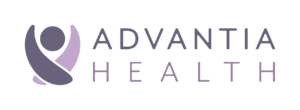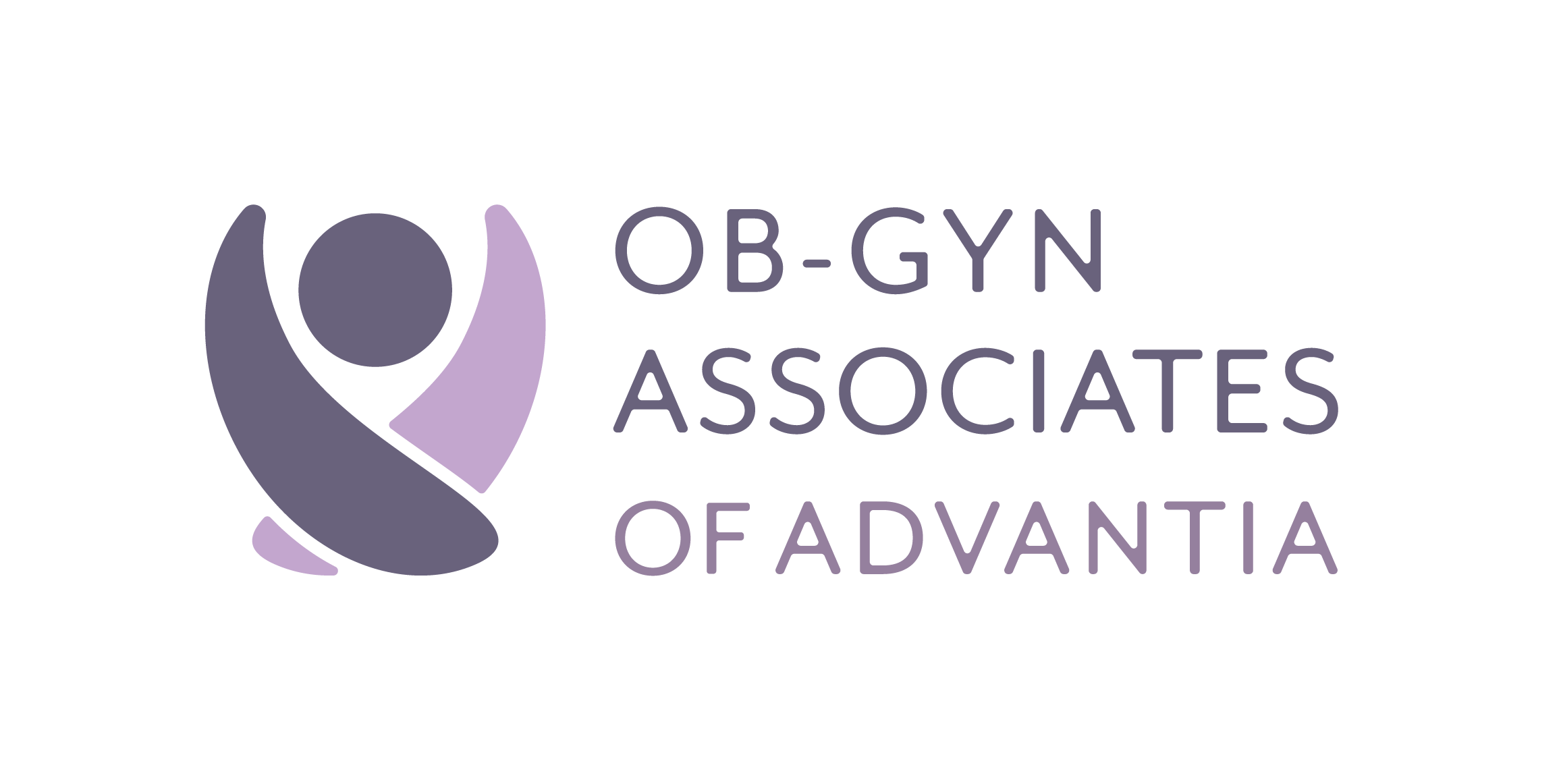
Published on: 22 February, 2023
Read Time: 9 min
American Heart Month is every February—a federally designated time to focus on achieving and maintaining heart health through education and heart-healthy choices. Heart disease is the leading cause of death for women in the United States. Still, heart disease is preventable and treatable. This article explores heart-healthy choices for women and the connections between menopause and heart health. Use it as a guide to personalize your eating habits and lifestyle.
What Are Heart-Healthy Foods for Women?
Heart-healthy foods for women include foods that help you control your blood pressure, blood glucose levels, and LDL (low-density lipoprotein) cholesterol, sometimes called “bad” cholesterol.
Limit your intake of the following:
- Saturated fat – Raises and builds up cholesterol in your blood
- Sodium – Increases the risk of high blood pressure, a top contributor to cardiovascular events
- Sugar – Gradually causes chronic inflammation and damages blood vessels
What Should You Eat and Why?
Knowing which foods support a healthy lifestyle and why they are beneficial can help you put your heart into achieving your goals. The National Heart, Blood, and Lung Institute recommends a food circle that includes these items:
- Fruits. Choose apples, bananas, grapes, oranges, pears, or berries. Fruits contain soluble fiber and antioxidants that help your body control LDL cholesterol.
- Leafy green vegetables. Try spinach, collard greens, kale, cabbage, or broccoli. Leafy green vegetables are rich in natural nitrates, lower blood pressure, and help prevent the narrowing of blood vessels.
- Protein-rich foods. Give priority to fish, eggs, lean meats, legumes (beans, lentils, and peas), nuts, and seeds. Protein is essential for muscle growth and repair, including the heart muscle. The Centers for Disease Control and Prevention (CDC) recommends limiting your protein intake to 10 to 35 percent of your daily calories.
- Whole, unrefined grains. Choose plain oatmeal, brown rice, and whole-grain bread over processed cereal, white rice, and white bread. According to the American Heart Association, whole grains contain dietary fiber that can improve blood cholesterol levels.
- Healthy fats. Avocados, olive oil, nuts, nut butter, seeds, salmon, and tofu are a few sources of healthy fats that can lower LDL cholesterol and raise HDL (high-density lipoprotein) cholesterol, sometimes called “good” cholesterol.
If you’re interested in nutrition details, grab a cup of tea or a glass of wine (yes, it’s on the approved list) and read the Dietary Guidelines for America.
You may still be concerned about what you can eat and enjoy. But being balanced and healthy doesn’t mean you will be bored and hungry. If you’re unsure about it, you may have a change of heart after reading our suggestions.
How to Prepare (or Purchase) Tasty, Heart-Healthy Meals
Studies show that foods that satisfy your taste improve your eating experience and give you a sense of fullness and satisfaction. If you like trying new recipes, you can find endless, healthy online recipes from almost every ethnicity. On the other hand, if you have little time for culinary adventures, try to avoid getting stuck eating the same foods for breakfast, lunch, and dinner. You’ll burn out fast and want to jump off the heart-healthy meal train, and getting back on board is not easy. Use the tips below to keep your palate’s attention and make your heart sing.
Three ways to engage your palate in heart-healthy food:
- Get your sauce on. Healthy sauces are quick and easy to make. You can go tangy, savory, spicy, or subtly sweet to perk up your proteins and veggies in minutes.
- Sprinkle herbs and spices. Add a tasty twist with rosemary, thyme, tarragon, or other herbs. Cinnamon, nutmeg, cumin, smoked paprika, or curry—you don’t need a master chef’s class to add a dash of flavor.
- Zest it up. Add a little lemon, lime, or orange zest or juice with herbs, ginger, or garlic to enhance the flavor of meats, fish, and veggies.
 Check out this super simple heart-healthy recipe from our colleague, Jen! Black Bean Lentil Soup is a one-pot meal packed with protein, flavor, and superfoods. Full Recipe
Check out this super simple heart-healthy recipe from our colleague, Jen! Black Bean Lentil Soup is a one-pot meal packed with protein, flavor, and superfoods. Full Recipe Check out this super simple heart-healthy recipe from our colleague, Jen! Black Bean Lentil Soup is a one-pot meal packed with protein, flavor, and superfoods. Full Recipe
Check out this super simple heart-healthy recipe from our colleague, Jen! Black Bean Lentil Soup is a one-pot meal packed with protein, flavor, and superfoods. Full Recipe
Heart-Healthy Snacks
You can still crunch and munch on heart-healthy snacks if you do it mindfully and moderately. Too much snacking adds unwanted calories and pounds and promotes tooth decay.
Try these healthy snacks:
- Apples (slice them thin and bake with a dash of cinnamon)
- Berries (low in sugar)
- Carrots
- Bell pepper slices
- Zucchini (try them air-fried with a zesty sauce)
- Pears
- Roasted chickpeas
- Broccoli florets
- Nuts, nut butter, and seeds
- Yogurt (add a few healthy toppings)
Dine-In, Take-Out, or Meal Delivery
When you eat out or purchase prepared meals, use the above healthy meal suggestions to guide your decisions. Sometimes, keeping a list of options on your cell phone or in your wallet can help you make restaurant choices that your heart can live with and you can enjoy. Of course, occasional indulgence is emotionally healthy when you maintain an overall heart-healthy diet.
What Is a Healthy Heart Lifestyle for Women?
A healthy heart lifestyle for women includes moderate habits, regular exercise, and quality sleep.
Alcoholic Drinks
A daily drink is okay, but a day of drinking is not. Drinking in excess has these effects, which can lead to heart disease:
- Increases fatty triglycerides
- Inhibits the heart muscle’s ability to pump blood
- Raises blood pressure
The American Heart Association recommends that women limit themselves to no more than one alcoholic drink per day.
Examples:
- 12 ounces of beer
- 4 ounces of wine
- 1.5 ounces of 80-proof spirits
- 1 ounce of 100-proof spirits
Tobacco Use
Tobacco use increases the risk of cardiovascular disease for these reasons:
- Nicotine – Narrows blood vessels and raises blood pressure
- Cigarette smoking – Damages the heart and blood vessels and decreases your blood’s oxygen flow
- Smokeless tobacco – Increases blood pressure and heart rate due to high sodium content and nicotine
Exercise
Try to keep it moving. Every week, schedule at least 150 to 300 minutes of moderate exercise, 75 to 150 minutes of vigorous exercise, or equal amounts of both intensities. According to a January 2023 American Medical Association article, studies show that adults who exercise two to four times beyond the minimum recommendation for moderate exercise reduce their risk of cardiovascular mortality by 28 to 38 percent. Which activities are the healthiest for your heart?
A Johns Hopkins Medicine article on physical activity and heart health mentions three types of exercise to get your heart rate up and moving to the beat:
- Aerobic exercise – Improves circulation and lowers heart rate and blood pressure
- Resistance training – Reduces body fat and increases muscle mass, which helps control inflammation
- Stretching, flexibility, and balance – Helps you maintain aerobic and resistance training
If you have limited mobility, talk to your healthcare team about an exercise program that matches your ability.
According to the American College of Obstetricians and Gynecologists (ACOG), if you are healthy and your pregnancy is normal, it is safe to continue or start regular physical activity. You should still discuss exercise with your healthcare provider during prenatal visits.
Sleep
Low-quality sleep is linked to an increased risk of high blood pressure. Also, a lack of restful sleep slows your metabolism, making it more challenging to lose weight. The American Heart Association recommends getting six to eight hours of restful sleep daily.
If you have trouble getting quality sleep, try these suggestions:
- Create a daily exercise routine to help you relax.
- Drink less caffeine, which is a stimulant for many people.
- Develop an evening schedule to help you unwind before bedtime.
You may need advice from your healthcare team on improving your sleep quality. Another factor that can affect sleep quality and heart health is menopause, our final topic. Even if you’re too young for menopause, it’s still helpful to know the connection between menopause and your heart so you can act now.
How Are Menopause and Heart Health Related?
You may know the classic signs and symptoms of menopause: hot flashes, mood swings, night sweats, and vaginal dryness. But what’s the connection between menopause and your heart? Estrogen is a hormone that allows blood vessels to expand and contract according to your blood flow. Healthy estrogen levels also protect your heart in these ways:
- Absorb naturally occurring blood particles that can damage the arteries and other tissues
- Decrease LDL (“bad”) cholesterol
- Increase HDL (“good”) cholesterol
- Promote blood clot formation
But estrogen levels fluctuate throughout a woman’s life, increasing during puberty and pregnancy and decreasing after childbirth. Then estrogen takes a deep dive after menopause because your body stops producing it.
How Can You Protect Your Heart Before and After Menopause?
Maintaining a heart-healthy lifestyle can protect you in these ways:
- Before menopause – Reduce heart disease risks with a heart-healthy diet and lifestyle, including exercise. Get as healthy as possible before menopause.
- After menopause – Know the risks and talk to your healthcare team about them: abdominal obesity, high blood sugar, high blood pressure, high triglycerides, and low HDL cholesterol. If you struggle to maintain a healthy diet or exercise routine, ask your healthcare team or health insurance company for resources to help you.
- Premature and early menopause – Menopause is premature if it affects a woman before age 40. Menopause is early when it occurs between ages 40 and 45. Women who experience premature or early menopause have a higher risk of cardiovascular disease due to low estrogen levels. Adopting a heart-healthy lifestyle and partnering closely with your healthcare team is vital to protecting your well-being.
“I can’t stress enough how helpful it is for women to visit with their healthcare team yearly. We will check your blood glucose, cholesterol, and blood pressure levels. Our goal is to catch any issues early on so proper treatments or lifestyle changes can be made. A short office visit can make all the difference.’ – Dr. Andrew Engel, MD, Reiter, Hill & Johnson of Advantia
Summary
February is American Heart Month, which is a helpful reminder to ensure your food choices and lifestyle are heart friendly. Stay on track with foods low in salt, sugar, and saturated fat. Getting enough exercise and quality sleep, drinking in moderation, and avoiding tobacco products are ways to be kind to your heart. Also, find a regular rhythm with your healthcare team, partnering with them throughout your life, even after menopause.
Add Advantia Health to Your Team
Advantia Health is the starting block for women on the track to better health. We have practices in Illinois, Maryland, Missouri, Virginia, and Washington, DC, and we’re expanding. Your Advantia Health experience will include advanced treatment options and exceptional care from the entire team. Find a location near you and schedule an appointment today.





